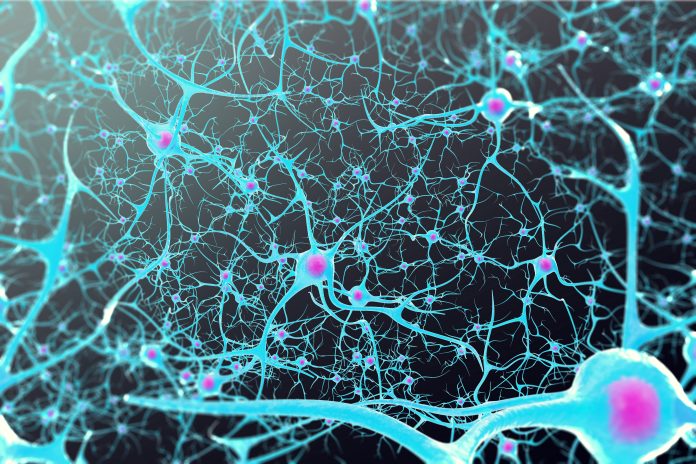
A groundbreaking study from researchers at the University of California San Diego (UCSD) School of Medicine has identified a novel biomarker that may predict which neurons will regenerate after an injury. The findings, published today in the journal Neuron, provides new information on the factors that allow neurons to regenerate and paves the way for researchers to explore another avenue for the development of regenerative therapies after spinal cord injuries as well as other neurological conditions.
The UCSD team employed single-cell sequencing to better understand which genes are active in neurons after an injury. “Single-cell sequencing technology is helping us look at the biology of neurons in much more detail than has ever been possible, and this study really demonstrates that capability,” says senior author Binhai Zheng, PhD, a neuroscience professor at UCSD School of Medicine. “What we’ve discovered here could be just the beginning of a new generation of sophisticated biomarkers based on single-cell data.”
The research was focused on neurons on the corticospinal tract, a critical part of the central nervous system that helps control movement. Following spinal cord injuries, these neurons exhibit the least capacity to regenerate axons—the structures that allow neurons to communicate with each other, and the reason that so many injuries to the spinal cord and brain result in such serious, long-lasting injuries.
“If you get an injury in your arm or your leg, those nerves can regenerate and it’s often possible to make a full functional recovery, but this isn’t the case for the central nervous system,” notes Hugo Kim, PhD, a postdoctoral fellow in the Zheng lab and the study’s first author. “It’s extremely difficult to recover from most brain and spinal cord injuries because those cells have very limited regenerative capacity. Once they’re gone, they’re gone.”
In this mouse study, the investigators conducted a meticulous analysis of gene expression data in neurons from mice with spinal cord injuries. Using these data, the researchers applied an analytic algorithm that identified a distinct pattern of gene expression that could predict whether a neuron would regenerate after an injury. The analysis also identified novel genes that previously had not been implicated in neuronal regeneration. Zheng said what his team uncovered is “like a molecular fingerprint for regenerating neurons.”
This molecular fingerprint, which the researchers call the Regeneration Classifier, was then tested against 26 published single-cell RNA sequencing data sets which included neurons from various parts of the nervous system and at different developmental stages. This validation found that, with few exceptions, the Regeneration Classifier could accurately predict the regeneration potential of individual neurons and also reproduced known trends that had been shown in previous research, such as a sharp decrease in neuronal regeneration just after birth.
“Validating the results against many sets of data from completely different lines of research tells us that we’ve uncovered something fundamental about the underlying biology of neuronal regeneration,” Zheng said. “We need to do more work to refine our approach, but I think we’ve come across a pattern that could be universal to all regenerating neurons.”
Noting the early stages of this line of inquiry, the investigators point out that the new Regeneration Classifier is tool that can be helpful for the research community and should not be used for diagnostic purposes.
“For now, we’re interested in exploring how we can use the Regeneration Classifier in preclinical contexts to predict the effectiveness of new regenerative therapies and help move those treatments closer to clinical trials,” Zheng concluded.













